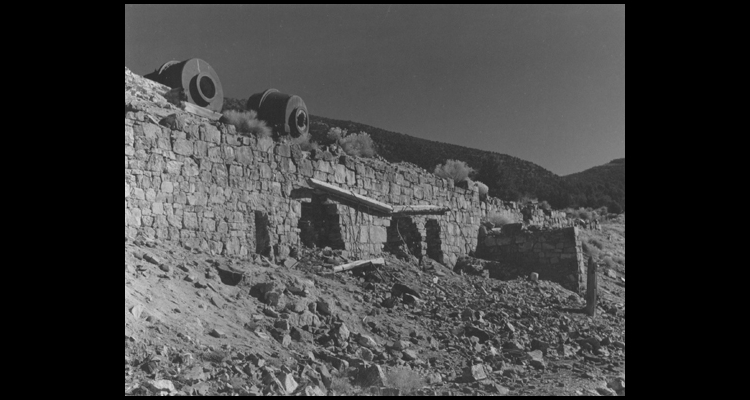Cortez Mining District
Nine prospectors led by Andrew A. Veatch organized the Cortez mining district in 1863 after finding silver in central Nevada's Cortez Mountains. Financier George Hearst invested heavily in the district's earliest development. After initially shipping ore to Austin, the miners constructed a Washoe Process pan amalgamation mill the following year and in 1865 installed Reese River Process equipment.
The Tenabo Mill and Mines Company, owned by an original claimant, Simeon Wenban, acquired the mill in 1869, and processed ore from the Garrison Mine. Sometime between 1869 and 1873, the company replaced its "turbulent and riotous" Cornish and Welsh workers with Chinese immigrants. In 1886, Wenban built a new mill with state-of-the-art Russell leaching technology. The mill closed in 1892.
In 1908, a new mining company refitted Wenban's abandoned mill with cyanide leaching technology and processed old mill tailings. The mill burned in 1915. In 1923, the Consolidated Cortez Silver Mines Company built a new cyanide leaching mill further up Arctic Canyon and processed ore from the Arctic Mine. The mill changed to oil flotation technology in 1927 and was the top producer in Nevada the following year. In 1929, the mill closed. Small-scale mining continued sporadically in the Cortez district until the 1980s, when high gold and silver prices reestablished large scale industrial mining, this time as an open pit operation.
Article Locations
Related Articles
Further Reading
None at this time.


